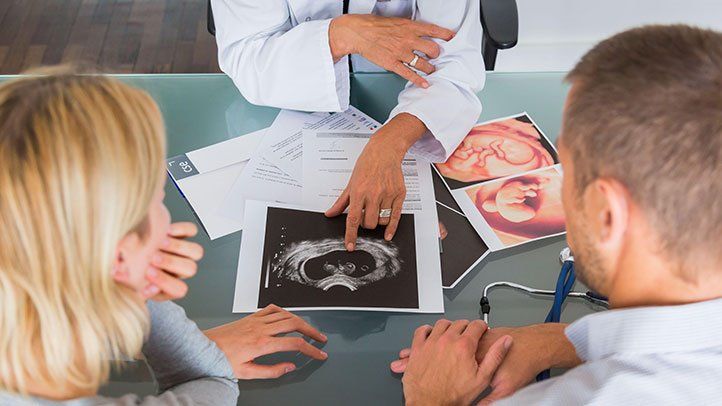
The final step in the in vitro fertilisation process or IVF fertility treatment is an embryo transfer. IVF uses fertility medications to promote the release of healthy eggs from the ovaries. These eggs are then taken from the ovaries of a woman and fertilised in a laboratory. The embryos are placed in the woman’s uterus once the fertilised eggs have multiplied. The embryo must next connect to the uterine or womb wall for a pregnancy to start. If you live in Singapore, you can also get the same thing at Babies Bliss.
If spontaneous fertilisation is not possible or is problematic, IVF and embryo transfer are required.

Reasons to do embryo transfer
Transferring embryos is done for a number of reasons, including:
Ovulation disorders: When ovulation is irregular, there are fewer eggs available for effective fertilisation. Fallopian tube damage: Embryos move through the Fallopian tubes to reach the uterus. Fertilized eggs have a difficult time reaching the womb if the tubes become damaged or scarred.
Endometriosis: When uterine tissue implants and spreads outside the uterus. This could have an effect on the female reproductive system.
Premature ovarian failure: When the ovaries fail, they do not produce normal amounts of oestrogen or regularly release eggs.
Uterine fibroids: Fibroids are small, benign tumours that grow on the uterine lining. They may cause an obstruction.
Fibroids: Fibroids are small, benign tumours that grow on the uterine lining. They may prevent an egg from implanting in the uterus, effectively ending the likelihood of pregnancy.
Genetic conditions: It is widely acknowledged that certain genetic problems make pregnancy impossible.
Impaired sperm production: In men, low sperm production, poor sperm motility, testicular injury, or sperm abnormalities are all reasons natural fertilisation may fail. Anyone with one of these conditions may consider IVF and embryo transfer in Singapore.
A little more details
The embryo transfer method is similar to that of a pap smear. The doctor will insert a speculum into the woman’s vagina to keep the vaginal walls open. The doctor will then use ultrasonography to ensure precision as he inserts a catheter through the cervix and into the womb. The embryos are subsequently transferred through the tube into the womb. Sedatives are rarely used, and the treatment is usually painless. Some women may experience discomfort as a result of the speculum being put or having a full bladder, both of which are required for ultrasonography. The treatment only takes a few minutes, and the bladder can be emptied immediately afterwards.



